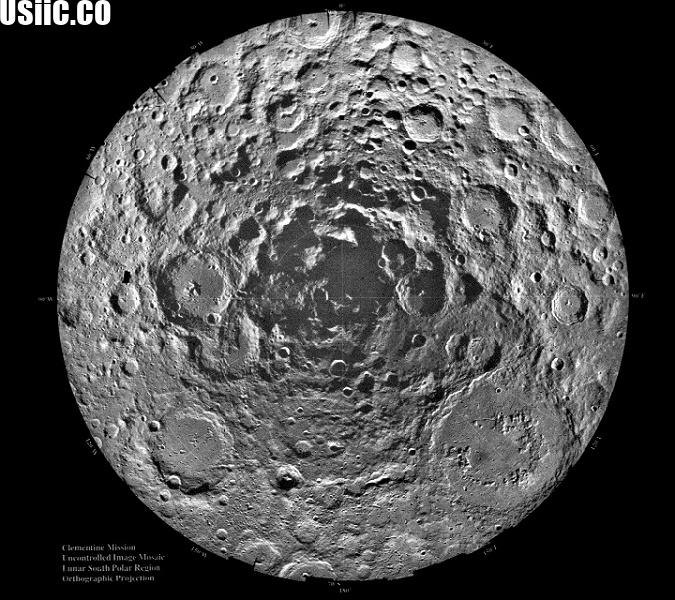Lunar craters are not just traces of ancient catastrophes, but a kind of chronicle preserved by the absence of an atmosphere and geologic activity. But a new study shows that this history is not limited to the satellite: about a quarter of the material knocked out of the Moon by impact events reaches Earth. Scientists at the University of Arizona, using advanced modeling, have uncovered details of this process that could rewrite ideas about the movement of matter in the solar system.
The team modeled the fate of 6,000 fragments of lunar rock ejected into space after meteorite impacts. To do this, they used the REBOUND software package, which takes into account the gravity of the Sun, the planets and the Moon itself. It turned out that 22.6% of the ejected particles collide with the Earth within 100,000 years, with half of them already in the first 10,000 years. The speed of their entry into the atmosphere ranges from 11 km/s to 13 km/s – about twice as slow as the Chelyabinsk meteorite. This means that most such debris burns up or disintegrates without leaving craters, and their impact energy is much weaker.
The key finding is the geography and timing of the “lunar rain.” Particles fall more frequently in equatorial regions (24% less frequently near the poles) and exhibit two peaks in the day – around 6am and 6pm local time. The most “prolific” source turned out to be the back side of the Moon – a zone always hidden from the Earth observer. It is from here that debris more easily overcome the gravity of the satellite and head towards our planet.
It’s not just history that scientists are interested in. Objects like Kamo’oaleva, a 36-meter asteroid with an orbit close to Earth, show properties similar to lunar rocks. The model confirmed: over the past 20 million years, about 350 lunar fragments measuring tens of meters have reached Earth, and 1,150 have joined the population of near-Earth objects. This makes the Moon an unexpected supplier of “space debris”, although its current flow does not threaten the planet.
The study, however, has limitations: vertical impacts in the model simplify reality, where oblique collisions predominate. Accounting for this factor, as well as historical changes in the Moon’s orbit (it used to be closer to the Earth) can show that in the past, the exchange of matter was more intense. The next step is to integrate three-dimensional models that will more accurately recreate the processes that took place billions of years ago. The work not only reveals the details of the “lunar bombardment”, but also gives tools to search for ancient fragments of the satellite in the Earth’s rocks or in orbit – a kind of time capsules from the era of the formation of the solar system.

Source: NASA



